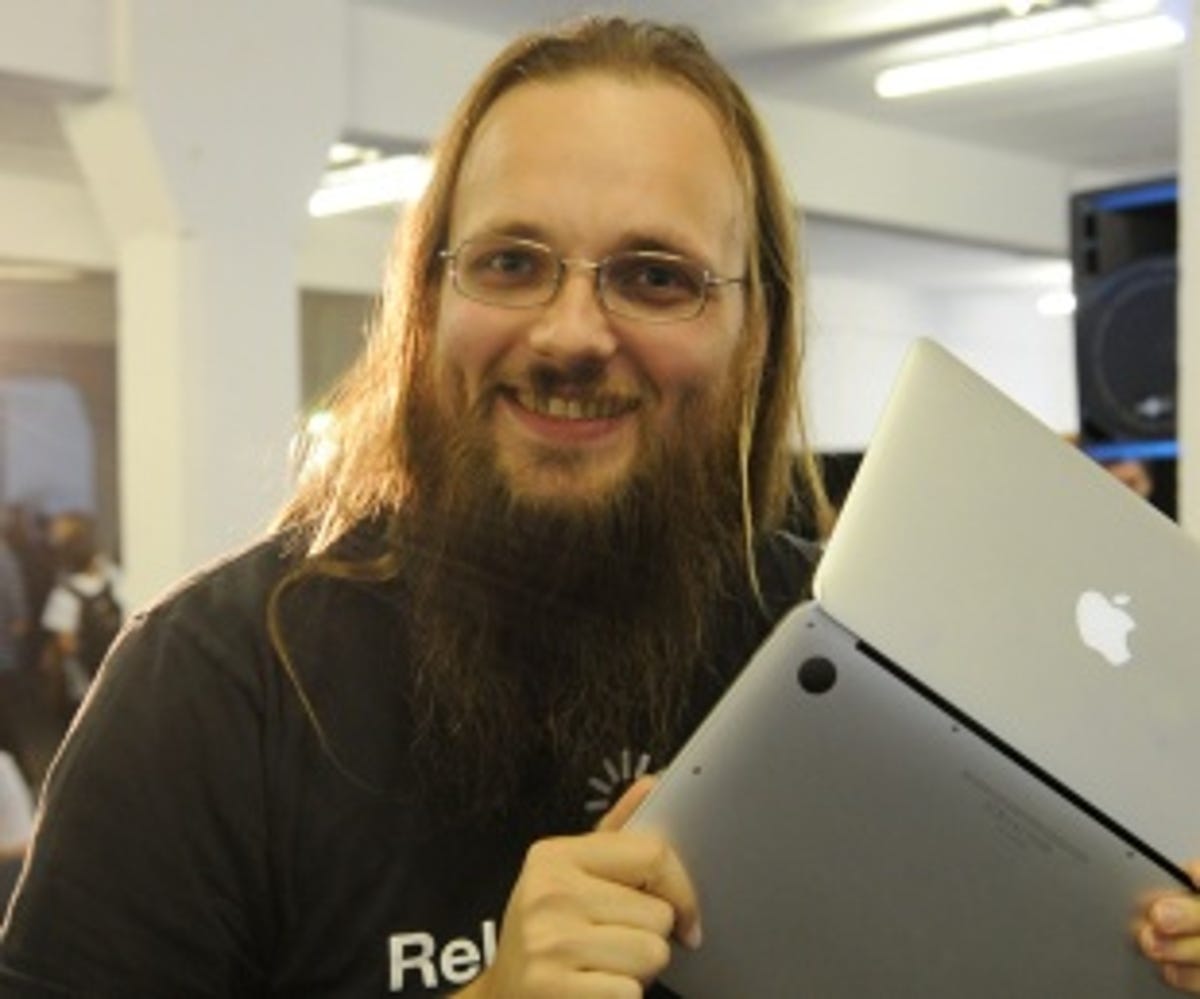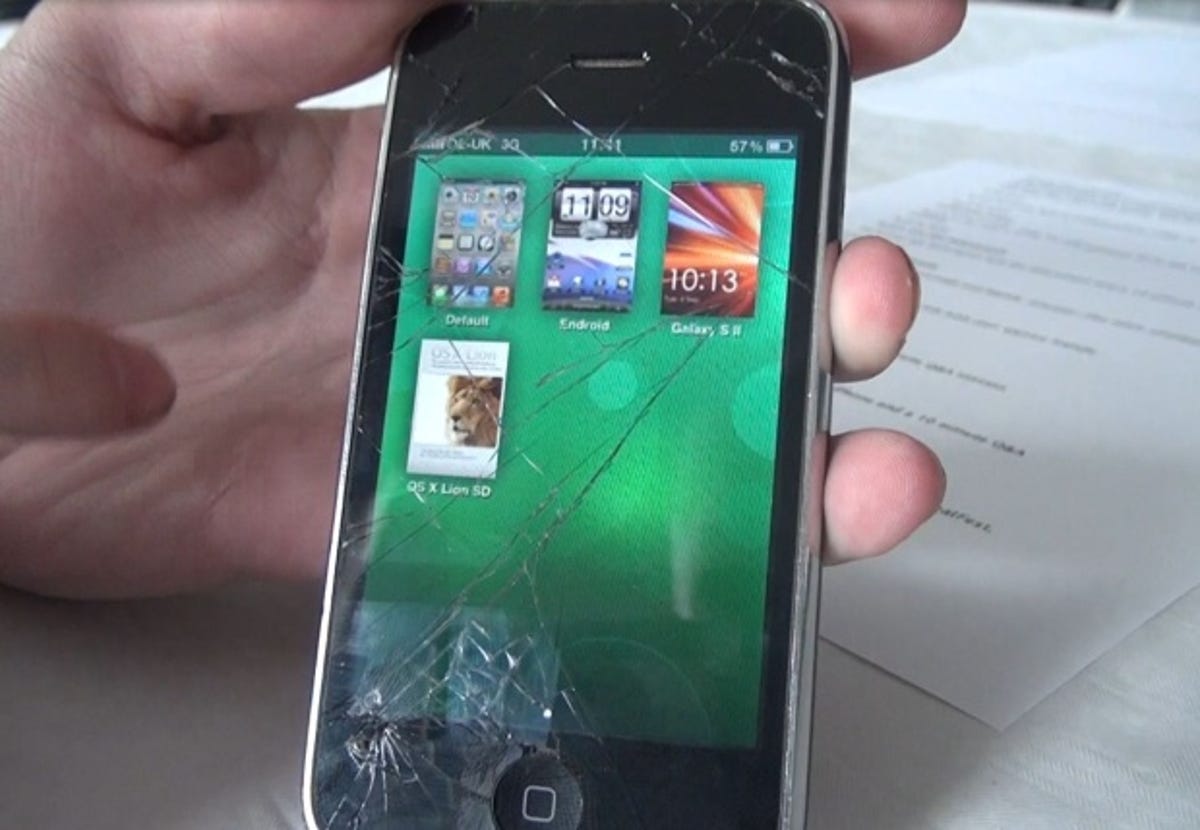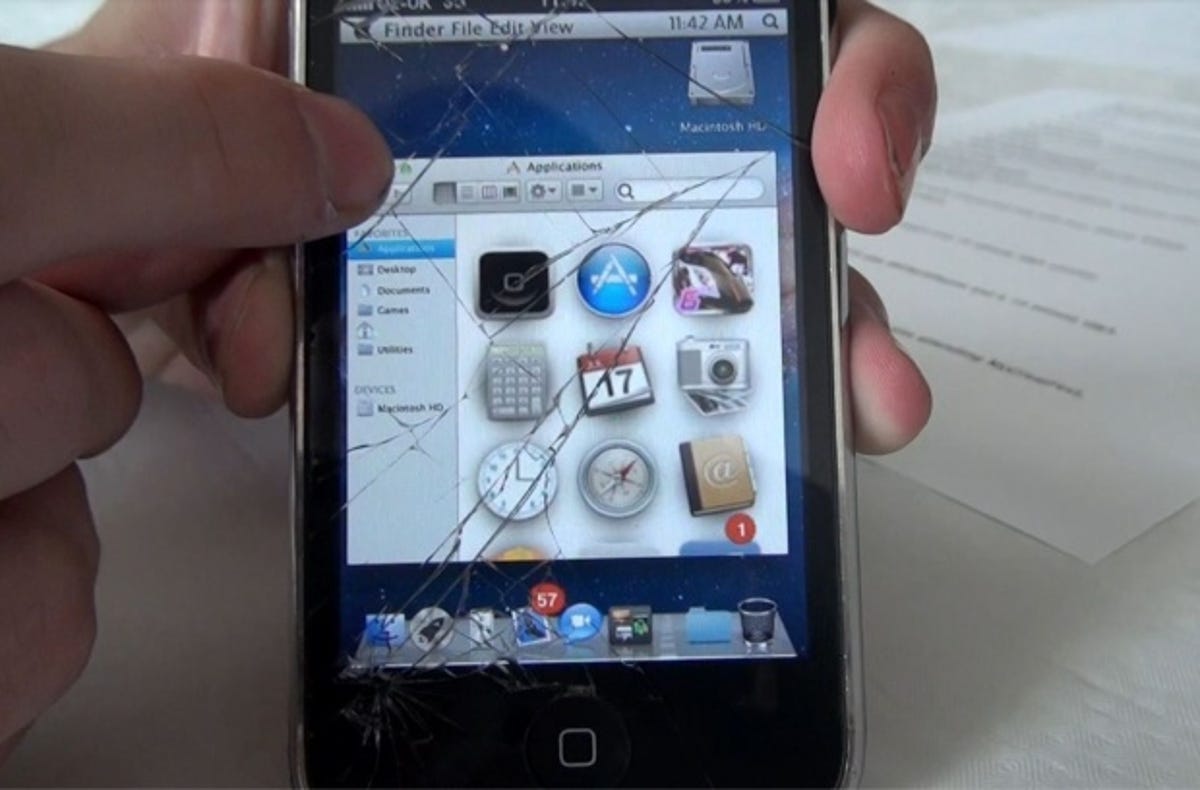
One of the ironies of the Apple experience is that while the iPad and iPhone are at the cutting edge of cool design, appealing to creative individuals the world over, the actual ownership experience can be rather repressive. Apple is one of the most controlling companies out there, expecting customers and developers to conform to its way of doing things… or else.
Fancy changing the look of the icons on your iPhone, installing an app that doesn’t fit in with Apple’s somewhat fickle rules, or doing something as radical as taking files off a memory card and putting them on your iPad, and the answers are no, no and no respectively.
Fortunately there is a solution. It’s called jailbreaking and I’d recommend it to anyone who fancies blowing a hole in the masonry surrounding Apple’s notoriously protective walled garden. The actual mechanics are very simple, involving a quick and easy software install through Safari.
Then, once jailbroken, you’re able to choose how your interface looks, attach any peripherals you can, install whatever apps you like, drag and drop things at will and even opt for a different operating system, allowing you to make the most of Apple’s elegant hardware without all its tiresome, bossy rules.
MyGreatFest


It’s become so popular that it’s just spawned the world’s first iOS jailbreaking convention, called MyGreatFest, which took place recently in London. I couldn’t resist going along to have a look.
Outside there were lots of trendy people floating around — this was Brick Lane in the middle of London Fashion Week, after all. But once I stepped through the door there was a different crowd — 200 people from age 13 upwards, who’d paid up to £27 each to gain entrance, drawn from all over the world. Singapore, Norway, Sweden, Ireland and the US were all represented, as well as the UK.
Star of the show was a man with a long beard and glasses, the very guru-looking programmer Jay Freeman, aka @saurik to give him his Internet moniker, whose application Cydia has done so much to popularise jailbreaking. “Without him, jailbreaking would be something you’d do to your phone and then you’d put it into your pocket — you couldn’t do anything with it,” said @_Damo, an enthusiastic middle-aged admirer from Birmingham.
Cydia
The Cydia name is derived from a worm that burrows into the core of apples. Freeman came up with it when he was frustrated that the then-new iPhone didn’t have many of the features of his old Nokia 6340i. He wasn’t the first to jailbreak the iPhone, but Cydia became so popular because it presents users with a graphical user interface and an icon on the homescreen, rather than a command prompt. When you jailbreak an iDevice it’s either installed automatically or you’re advised to use it.
Jailbreaking works wonders for your freedom of expression. Enthusiast Leon Lionheart — aka @digidude512 — who’d flown in from Guernsey, showed me what’s possible as he pulled out a very battered iPhone 3GS. “This is running iOS 5 beta jailbroken. It’s all there, but because it’s jailbroken I can customise it to look how I want.”


To demonstrate he deployed an application called Dreamboard which immediately switched the phone to look like one running HTC Sense, complete with an identical looking lockscreen and apps drawer. Tapping another icon turned it into a Galaxy S2 clone. Another icon launched a working mini version of OSX Lion, complete with a scrolling dock and working menu bars (pictured below).
Next he produced an iPod touch with customised interface, including different key shapes, text and colours. “The stock icons can get very boring.” Then, out of another pocket, came an iPhone 4 with the Barrel app, which offers wacky screen transitions.
Why was he doing all this? The challenge, it seemed. “I’ve modified my Nintendo Wii, my Xbox 360, jailbroken my PS3, custom firmwared my Samsung Smart TV… I’ve got Airplay Hulu and Netflix working on it now. I can’t stop messing around with all my gadgets.”


It’s not just about appearances — jailbreaking offers practical advantages, too. Carsten Heinelt spoke about his iFiles app. It’s a proper file manager that lets you do things like load files from SD cards on to your iPad via a camera connection kit, or enjoy complete Dropbox integration. He sells a version through the Cydia Apps Store, which is a sort of jailbreaking equivalent of iTunes. Freeman estimates that between 6 and 12 per cent of iPhones are jailbroken so the market’s a business opportunity in itself.
Indeed, 19-year-old James Whelton — aka @jwhelton — reckons jailbreaking has launched his career. He was the first to find an exploit in the sixth-gen iPod nano and thanks to the exposure, he formed his own social media analysis company and a network of computer clubs in Ireland where kids learn how to program for free.
There’s no doubt jailbreaking can sharpen your programming skills. The iDroid team have cracked one of the biggest jailbreaking challenges — getting Android working on an iPhone, bringing the arch rivals together in one machine.
It’s a much more fundamental change requiring new boot loaders and drivers, but they revealed a working Android-powered iPhone 2G last year and hope to show a converted iPhone 4 soon. They’ve already started writing software that will enable you to choose your operating system on bootup, and a priority is to get Android Honeycomb working on the iPad soon after Google releases its source code.
It’s not illegal
Jailbreaking is not considered to be illegal, a status confirmed in the US at least by a specific exemption from the Digital Millenium Copyright Act in 2010. That’s not to say that having a jailbroken phone doesn’t make it easier to do certain illegal things, like running cracked apps for free.
But there didn’t seem any enthusiasm for such obvious piracy at the convention. “If I’m going to spend over £600 on an iPhone I’m not going to worry about spending a few quid on an app,” said Damo. Just don’t expect your jailbroken phone to be quite so reliable or bulletproof under attack from malware.
The future depends on finding faults in the iOS code which jailbreakers can exploit. The most exciting news of the day was from the Chronic Dev Team revealing they’ve already found the exploits they need to jailbreak the iPhone 5 quickly after the launch — “We’re as ready as we can be,” they said.
Apple doesn’t approve of all this behaviour, of course. According to Freeman, they refuse to acknowledge he exists. That hasn’t stopped them employing the first person to jailbreak the iPad 2, comex, on an internship at Apple HQ.


Maybe as a result of this inside knowledge, Apple will up its security further and software hacks won’t be enough. One enthusiast — who wouldn’t reveal his name — told me he’s working on ways of physically hacking into chips to extract the code that’s running through them so the jailbreakers stay one step ahead.
I’d like to see the game of cat and mouse continuing for as long as possible. Already, organiser Craig Fox is busy planning a bigger and better event in the US next year, called JailbreakCon. I hope it’s a blazing success. Maybe Apple should buy a few a tickets — it promotes exactly the sort of combination of technology and creativity the company likes to think it stands for.



